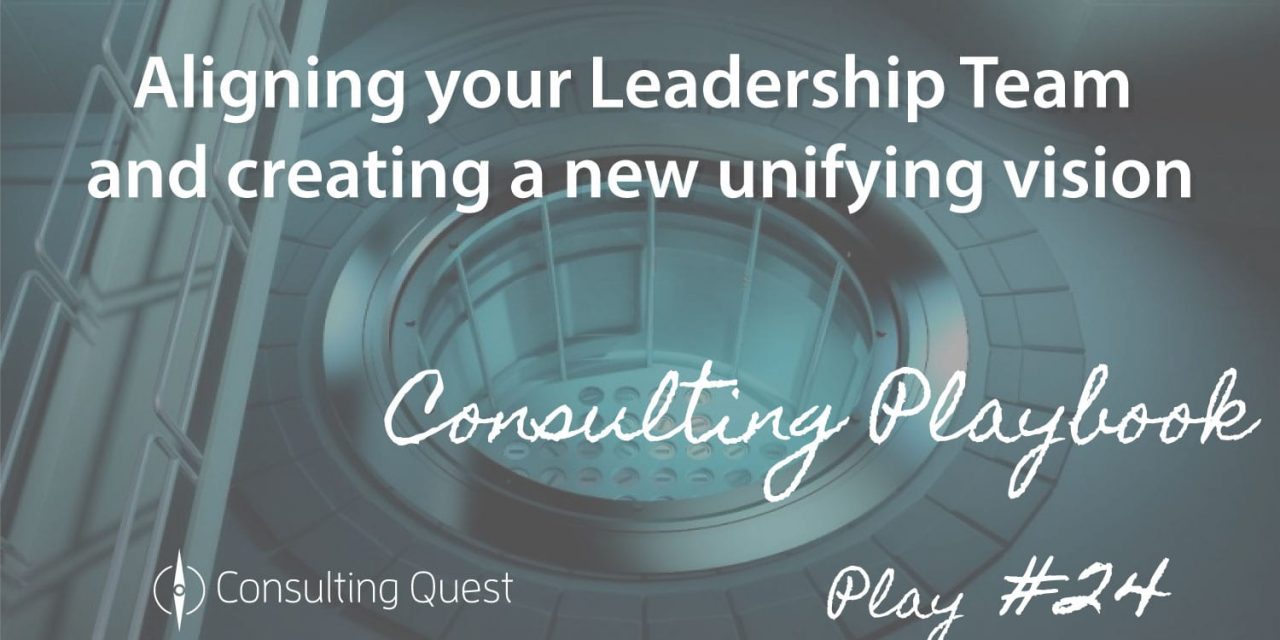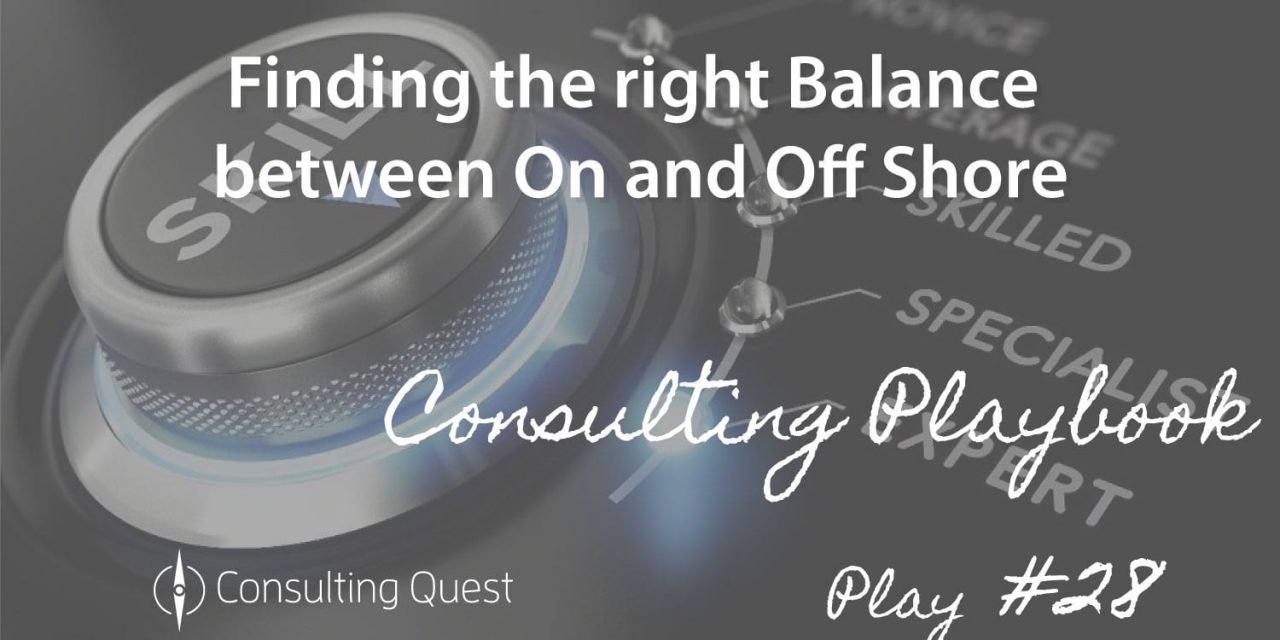
Consulting Playbook: Pay attention to Integration when Preparing a merger of equals
The Consulting Playbook, Edition #14
Two major global mobility providers were merging and wanted to move fast but were not yet allowed to discuss directly for antitrust reasons. Any delay in the integration would delay the synergies, generate anxiety for the teams and could result in some customers moving away to a more stable situation.
What would the new organizational set-up be? What synergies would be expected? What should the new culture be? What was the best roadmap for the new company for the next 24 months? What team would effectively lead all the transition?
To ensure the success of the merger, and the consequent smooth launch of the new company a Consultant was hired. The main focus was placed on designing a program to include the following components:
- Strategic Rationale for the Merger
- Synergies Assessment (Cost and Revenues)
- To be Organizational Set-up and Staffing
- Post-Closing Implementation Plan
- Support to the Launch
The Integration Program dealt with cultural issues, differences, and alignment of values, selection of methods and practices to achieve the desired outcomes.
Incorporating Every Level of the Organization is Crucial
The program of the merger was designed around the following axis:
Top Management Level
- One-on-one weekly meetings with the two CEOs to discuss all aspects of alignment before the merger
- Multinational Steering committee created which included 30 Top Executives of the two companies, had organized biweekly seminars to work on the integration process and involve key staff members
- Project Management Office (PMO) to ensure the drumbeat, integration of all work streams and clean team process on confidential data
Vision
- New Company’s Strategic Vision was developed for each function level (marketing, operations, innovation, etc.…)
- New Operating Model was designed while integrating the cultural models of both companies
Work Stream Level – Focus on Collaboration and Execution
- Roles and responsibilities have been assigned on specific work stream levels to all the top 30 Executives
- Clean team process was applied, managed by the PMO with issues and deviations addressed
- Synergy Cost and Revenue Targets set
- Technical requirements have been identified for analysis, and decisions on key performance issues were made by the Steering Committee
Through Careful Planning and Design a Successful Integration is Achieved
The completion of the project included a detailed program architecture of the merger process, as well as outlined direction for the near future, in post-merger.
The program comprised clear perspective, visibility, well-defined deliverables, work streams, teams and timeframe of execution. The executives were introduced to the program early on, with flexibility allowed, and measures for adjustments accommodated too. Policy issues and Antitrust regulations were efficiently addressed. Two years later the integration is now a reality, the new company culture and operating system is in place and the new company is moving towards a bright future.
Additional Information
How to Avoid Mergers’ and Acquisitions’ Missteps
To anyone in business is clear that some mergers just don’t work despite all the effort. Of course the proponents of mergers will point out all the benefits and why they are worth the cost, but it’s wise to consider some of the reasons why mergers fail.
Very often initially it might sound simple to execute a merger, just merge the different departments, push suppliers for best offers, connect hardware, and electronic devices of the whole team, and you are done.
Then enjoy being a big fish in what would become a smaller pond, whatever your niche market would be.
But there are many risks and unforeseen circumstances, and things don’t go as planned.
About 65% of mergers lose value and fail to deliver on expectations in the stock market. One of the biggest factors affecting that outcome is that the economy of scale model, can prove unrealistic.
Few of the major reasons behind unsuccessful mergers can be summarized as follows:
- Copycat thinking – executive team decides to follow the example of another successful merger, expecting the same results
- An upside stock market promotes mergers, but that’s not enough of an incentive and not a well thought out strategy
- A merger can be an image and a branding endeavor rather than a sound business decision
- Fear of certain economic events can encourage mergers too. Globalization is one of those trends.
- In the hype of the pending merger, top executives might shift their focus and neglect their core responsibilities creating serious issues for the success of the merger
- Corporate culture of each company going into merger can also present an obstacle when it’s not thoroughly addressed, and proper integration not well-designed
- Another big issue is when top executives focus extensively on cutting costs and less on increasing revenues and profits
- But a good percentage of mergers are quite successful. And it all depends on the strategy of integrating two companies, founded on realistic expectations and meticulously executed daily operations with full involvement of executives and team members.
For Further Reading –
– Top issues for banking mergers & acquisitions in 2014
– 15 Key Trends and Issues for Hospital and Health System Transactions
– Trends and Issues in Renewable Energy Mergers and Acquisitions
About The Consulting Playbook
The Consulting Playbook is a collection of posts designed to offer insights into how businesses and their executives can utilize consulting as a strategic lever to boost performance. Each Consulting Playbook post is broken down into a few elements: Case Study, Additional Information regarding the technical application, and Additional Links related to the topic.
Hélène Laffitte is the CEO of Consulting Quest, a Global Performance-Driven Consulting Platform and author of “Smart Consulting Sourcing”, a step by step guide to getting the best ROI from your consulting. With a blend of experience in Procurement and Consulting, Hélène is passionate about helping Companies create more value through Consulting.




